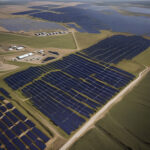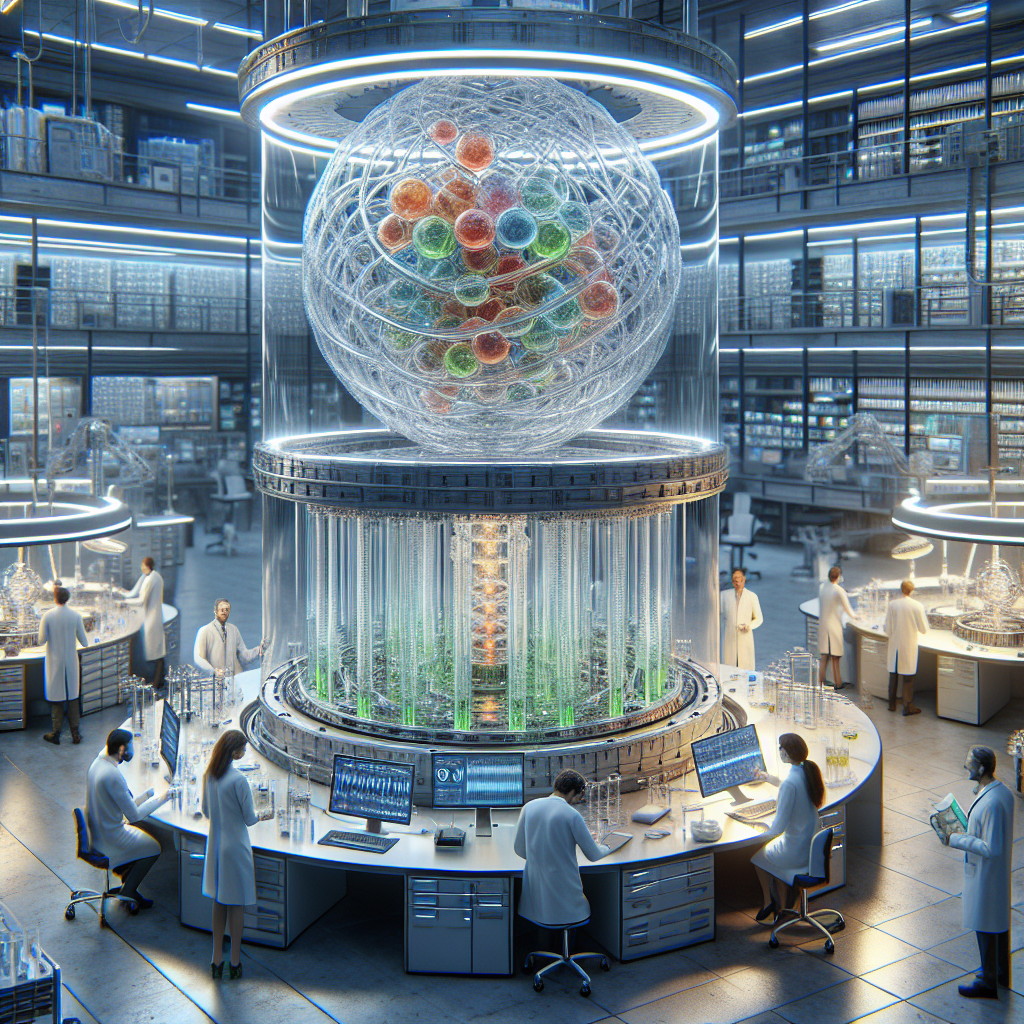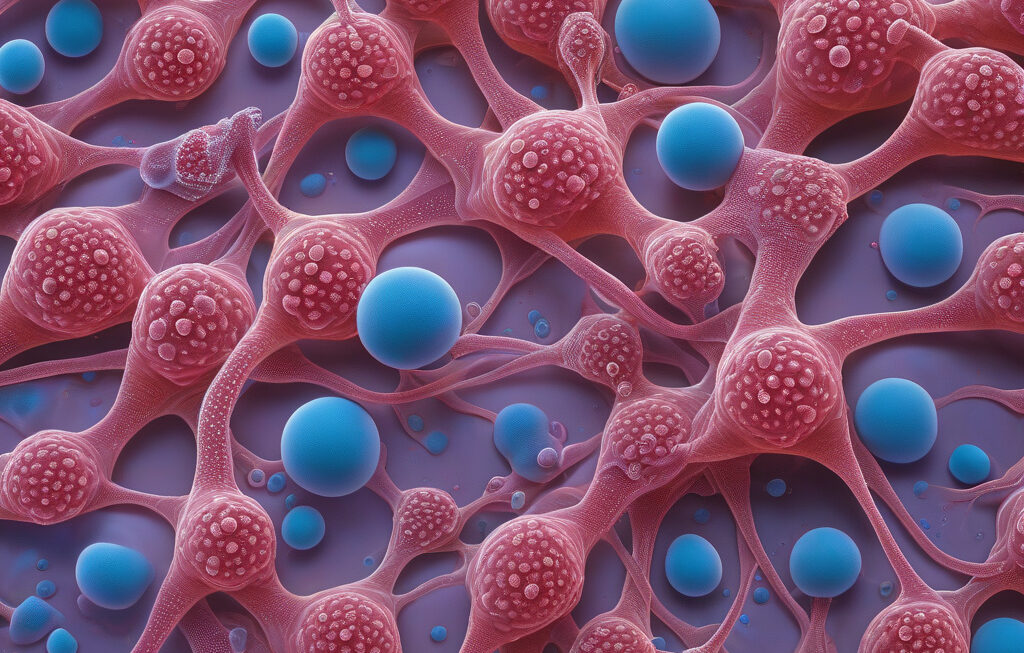New Spinning Bioreactor Turns Lab-Grown Cells into Factories of Healing Vesicles
Inside our cells are microscopic bubbles called extracellular vesicles (EVs). These particles carry proteins and genetic material that play crucial roles in cell communication and regeneration. Harnessing the power of EVs has been a promising field in regenerative medicine, with the potential to revolutionize the way we treat various diseases and injuries. Recently, a groundbreaking innovation in bioreactor technology has emerged, offering a more efficient and scalable method to produce these healing vesicles.
Traditionally, producing EVs in the lab has been a laborious and time-consuming process. Researchers have relied on static cell cultures or traditional bioreactors, which often yield low quantities of EVs and are not easily scalable for mass production. However, a new spinning bioreactor developed by a team of scientists has shown remarkable results in generating high yields of EVs from lab-grown cells.
The key to the spinning bioreactor’s success lies in its design and functionality. Unlike static cultures, the bioreactor’s spinning motion creates a dynamic environment that closely mimics the conditions found in our bodies. This dynamic setting stimulates the cells to release a higher volume of EVs, effectively turning them into miniature factories of healing vesicles.
Furthermore, the spinning bioreactor offers scalability, allowing researchers to ramp up production as needed. This feature is crucial for translating lab-based discoveries into clinical applications, where large quantities of EVs are often required for therapeutic purposes. By streamlining the production process, the spinning bioreactor paves the way for more widespread adoption of EV-based therapies in the medical field.
The implications of this innovation are vast and promising. EVs have shown great potential in treating a wide range of conditions, including tissue injuries, neurological disorders, and even cancer. By harnessing the natural healing properties of EVs, researchers hope to develop more targeted and effective treatments with fewer side effects compared to traditional medications.
One exciting application of EV-based therapies is in regenerative medicine, where these vesicles can promote tissue repair and regeneration. For example, EVs derived from stem cells have been shown to enhance wound healing and reduce inflammation in preclinical studies. With the help of the spinning bioreactor, researchers can now produce these therapeutic EVs in larger quantities, bringing us one step closer to harnessing the full potential of regenerative medicine.
In conclusion, the development of a spinning bioreactor for the production of healing vesicles represents a significant advancement in the field of regenerative medicine. By enabling efficient and scalable production of EVs, this technology has the potential to accelerate the translation of EV-based therapies from the lab to the clinic, offering new hope for patients in need of innovative treatments. As research in this field continues to progress, we can look forward to a future where healing vesicles pave the way for a new era of personalized and regenerative medicine.
healing vesicles, regenerative medicine, spinning bioreactor, EV-based therapies, lab-grown cells












